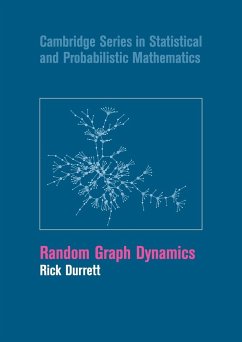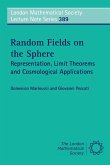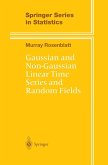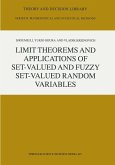This book uses mathematical arguments to obtain insights into random graphs. This book presents a wide-ranging variety of mathematical argument to give insights into the small world model, the preferential attachment model and related random graphs. A unique feature is the focus on the dynamics of process taking place on the graphs in addition to geometric properties such as correctness and diameter.
The theory of random graphs began in the late 1950s in several papers by Erdos and Renyi. In the late twentieth century, the notion of six degrees of separation, meaning that any two people on the planet can be connected by a short chain of people who know each other, inspired Strogatz and Watts to define the small world random graph in which each site is connected to k close neighbors, but also has long-range connections. At a similar time, it was observed in human social and sexual networks and on the Internet that the number of neighbors of an individual or computer has a power law distribution. This inspired Barabasi and Albert to define the preferential attachment model, which has these properties. These two papers have led to an explosion of research. The purpose of this book is to use a wide variety of mathematical argument to obtain insights into the properties of these graphs. A unique feature is the interest in the dynamics of process taking place on the graph in addition to their geometric properties, such as connectedness and diameter.
Hinweis: Dieser Artikel kann nur an eine deutsche Lieferadresse ausgeliefert werden.
The theory of random graphs began in the late 1950s in several papers by Erdos and Renyi. In the late twentieth century, the notion of six degrees of separation, meaning that any two people on the planet can be connected by a short chain of people who know each other, inspired Strogatz and Watts to define the small world random graph in which each site is connected to k close neighbors, but also has long-range connections. At a similar time, it was observed in human social and sexual networks and on the Internet that the number of neighbors of an individual or computer has a power law distribution. This inspired Barabasi and Albert to define the preferential attachment model, which has these properties. These two papers have led to an explosion of research. The purpose of this book is to use a wide variety of mathematical argument to obtain insights into the properties of these graphs. A unique feature is the interest in the dynamics of process taking place on the graph in addition to their geometric properties, such as connectedness and diameter.
Hinweis: Dieser Artikel kann nur an eine deutsche Lieferadresse ausgeliefert werden.








